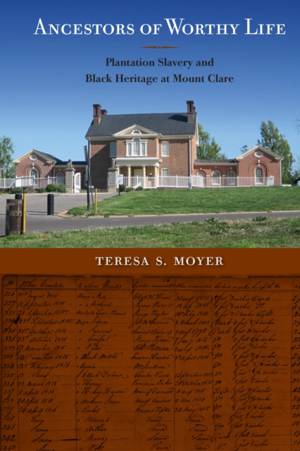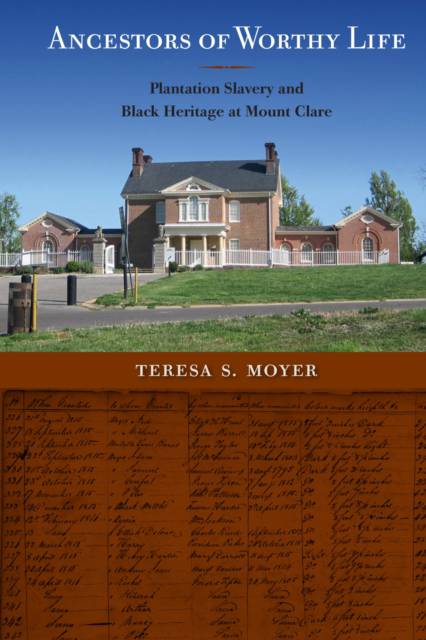
- Afhalen na 1 uur in een winkel met voorraad
- Gratis thuislevering in België vanaf € 30
- Ruim aanbod met 7 miljoen producten
- Afhalen na 1 uur in een winkel met voorraad
- Gratis thuislevering in België vanaf € 30
- Ruim aanbod met 7 miljoen producten
Omschrijving
Recognizing the lives of the enslaved at the historic site of Mount Clare
Enslaved African Americans helped transform the United States economy, culture, and history. Yet these individuals' identities, activities, and sometimes their very existence are often all but expunged from historically preserved plantations and house museums. Reluctant to show and interpret the homes and lives of the enslaved, many sites have never shared the stories of the African Americans who once lived and worked on their land. One such site is Mount Clare near Baltimore, Maryland, where Teresa Moyer pulls no punches in her critique of racism in historic preservation.
In her balanced discussion, Moyer examines the inextricably entangled lives of the enslaved, free Black people, and white landowners. Her work draws on evidence from archaeology, history, geology, and other fields to explore the ways that white privilege continues to obscure the contributions of Black people at Mount Clare. She demonstrates that a landscape's post-emancipation history can make a powerful statement about Black heritage. Ultimately she argues that the inclusion of enslaved persons in the history of these sites would honor these "ancestors of worthy life," make the social good of public history available to African Americans, and address systemic racism in America.
Publication of the paperback edition made possible by a Sustaining the Humanities through the American Rescue Plan grant from the National Endowment for the Humanities.
Specificaties
Betrokkenen
- Auteur(s):
- Uitgeverij:
Inhoud
- Aantal bladzijden:
- 240
- Taal:
- Engels
- Reeks:
Eigenschappen
- Productcode (EAN):
- 9780813060460
- Verschijningsdatum:
- 13/01/2015
- Uitvoering:
- Hardcover
- Formaat:
- Genaaid
- Afmetingen:
- 152 mm x 229 mm
- Gewicht:
- 453 g

Alleen bij Standaard Boekhandel
Beoordelingen
We publiceren alleen reviews die voldoen aan de voorwaarden voor reviews. Bekijk onze voorwaarden voor reviews.











